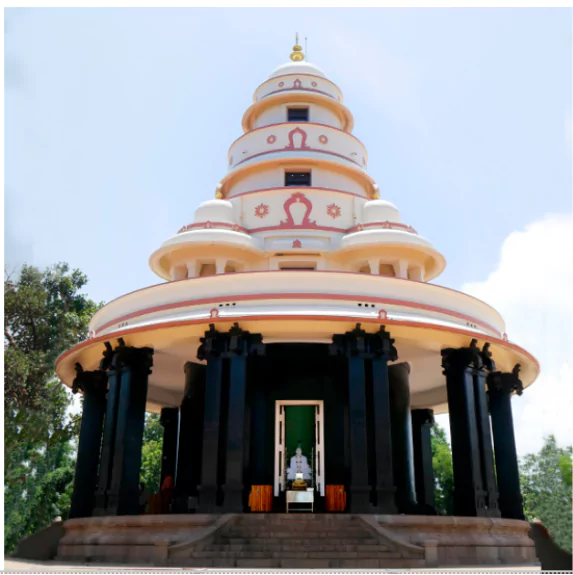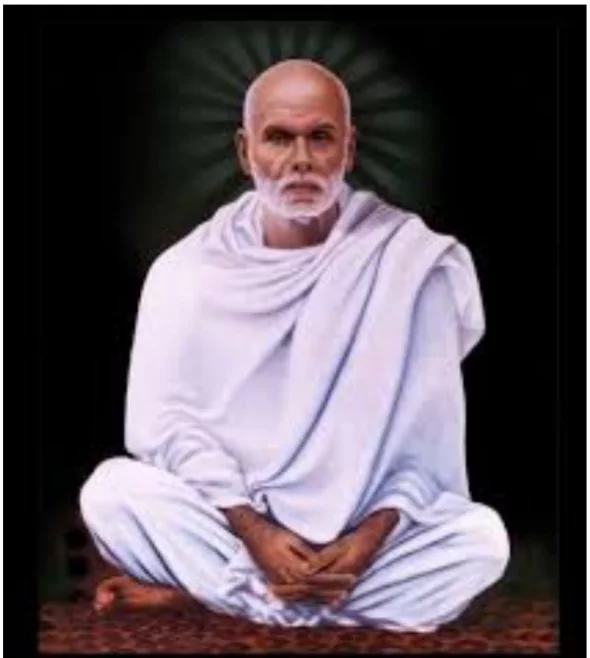Recently, Kerala Chief Minister, at the inaugural event of the 92nd Sivagiri pilgrimage criticized attempts to associate social reformer Sree Narayana Guru with the Sanatana Dharma ideology.
About Sivagiri Madhom
- Establishment: Sivagiri Madhom is a major spiritual and reformist center in Kerala, founded in 1904 by Sree Narayana Guru.
- Known for its inclusive teachings, focusing on the upliftment of marginalized communities.
Madhom
- In Kerala, a “Madhom” is a traditional institution (Mutt/ Muth) of higher learning, primarily focused on the study of Vedas and Vedanta.
- These institutions played a crucial role in preserving and transmitting Hindu philosophical and religious knowledge for centuries.
|
Check Out UPSC NCERT Textbooks From PW Store

- Significance:
- Symbolizes Kerala’s social renaissance against caste oppression.
- Hosts the annual Sivagiri pilgrimage, attracting leaders and pilgrims across political and social spectrums.
- Advocates for ending caste-based dominance in priesthood and other societal practices.
- The Madhom is closely tied to the Ezhava community, which forms 23% of Kerala’s population and plays a significant political role.
- The Madhom maintains equidistance from political parties, ensuring balanced engagement with leaders from all sides.
About Sree Narayana Guru
- Life and Philosophy: Sree Narayana Guru, born into an Ezhava family in a caste-ridden society, was a visionary social reformer in Kerala.
- He advocated equality with the slogan, “One Caste, One Religion, One God for All.”
- He opposed caste-based injustice and sought to uplift oppressed communities.
 Temple Consecration: In 1888, Guru consecrated a Shiva idol by the Aruvippuram river, challenging caste restrictions on temple worship.
Temple Consecration: In 1888, Guru consecrated a Shiva idol by the Aruvippuram river, challenging caste restrictions on temple worship.- At Kalavancode, he installed mirrors instead of idols, symbolizing the divine within individuals.
- These actions were much earlier to the Temple entry movements of the 1920s.
- Sivagiri Madhom: Sivagiri Madhom, established by Guru, is now a major pilgrimage center for the Ezhava community. It reflects his enduring commitment to social equality and spiritual awakening.
- SNDP Yogam: Guru founded the Sree Narayana Dharma Paripalana (SNDP) Yogam in 1903 to promote education and social upliftment among oppressed castes.
- He later disassociated from the organization, disillusioned by its limited focus on the Ezhava community.
- Advaita Vedanta and Ashrams: In 1913, Guru established the Advaita Ashram at Aluva, advocating the principle “Om Sahodaryam Sarvatra” (all are equal in the eyes of God).
- He is celebrated as a re-evaluator of Advaita Vedanta.
- Literary Works: Guru’s writings include Advaitha Deepika, Asrama, and Thevarappathinkangal, which emphasize his spiritual and reformist ideals.
![]() 3 Jan 2025
3 Jan 2025


 Temple Consecration: In 1888, Guru consecrated a Shiva idol by the Aruvippuram river, challenging caste restrictions on temple worship.
Temple Consecration: In 1888, Guru consecrated a Shiva idol by the Aruvippuram river, challenging caste restrictions on temple worship.